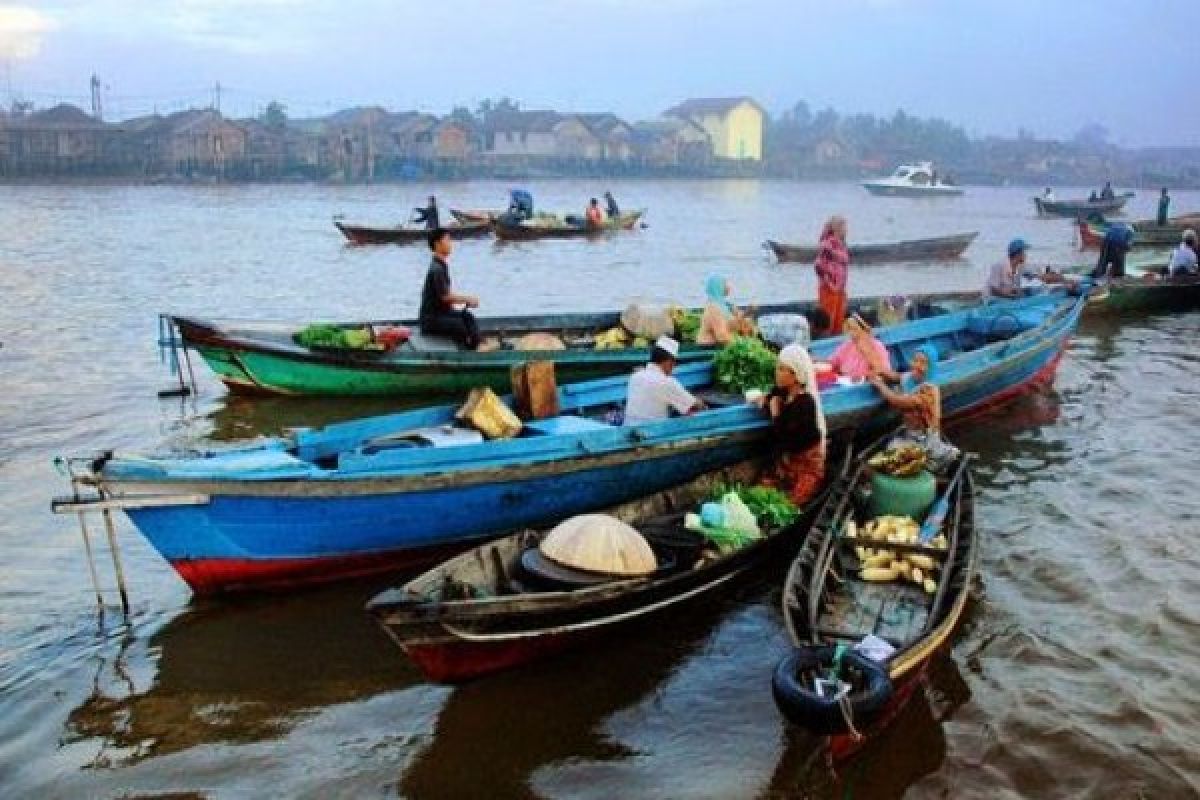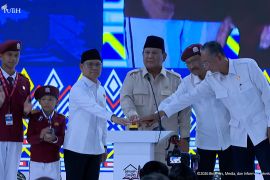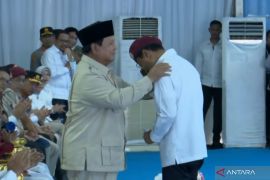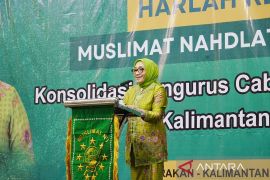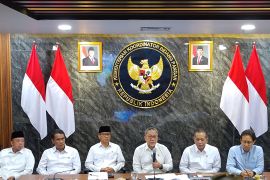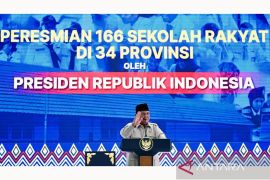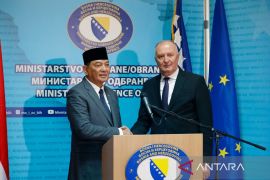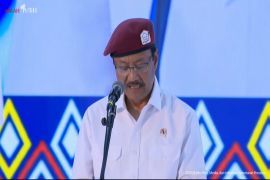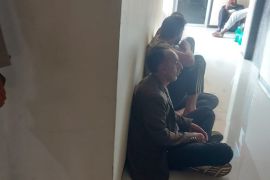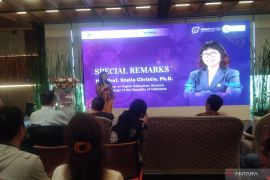We know that human civilization originated from the rivers ..."Jakarta (ANTARA News) - Banjarmasin, the capital city of South Kalimantan province, stands proudly on the banks of many rivers, with its brilliant blue skies and its many vantage points to watch the world go by.
Perfectly situated near the junction of Martapura and Barito rivers, Banjarmasin was a strategic trading port throughout the colonial era and earned its nickname in Indonesia of "The River City".
Unique architectural heritage, natural splendor and colorful floating markets have made Banjarmasin a charming riverfront getaway in the country.
Having around 102 rivers, the Banjarmasin city government wants to empower them as drivers and the front porch of urban development, and as the traditional way of life in a city still relies on its waterways and riverfront lifestyle.
Exploring this city through its river life is a great introduction to its dynamic culture.
Banjarmasin was established in 1526 but the city had actually been settled centuries earlier with its legendary history spanning the ancient South Kalimantan Kingdoms of Nan Srunai, Negara Dipa and Negara Daha.
Therefore, Banjarmasin has been classified as a world heritage city, not because of the many objects of historic or heritage buildings, but because of the rivers that divide the city of approximately 98 square kilometers with a population of about 750 thousand inhabitants.
The city has more than a hundred rivers, but so far they are not as empowered as a driving force of urban development, mayor of Banjarmasin Ibnu Sina says.
"Therefore, from now on we have to pay more attention to the management of the rivers, particularly their utilization in terms of water transport infrastructure, tourism, fisheries and trade," he remarks.
Banjarmasin has no natural resources such as mines or forests, and the city only has rivers that will be developed as accessories and as the pulse of the city, as well as drivers of the local economy.
"We know that human civilization originated from the rivers, so we will develop the rivers in an effort to create a more advanced civilization to be better known and be visited by tourists," Ibnu Sina affirms.
Many other areas in the country also have rivers, but they are not as exotic as those in the city of Banjarmasin, he further explains.
Unfortunately, the rivers in Banjarmasin are not very clean because they are polluted by garbage.
The most common litter in the rivers is household trash, including plastic cups, plastic bags and wrapping materials, fast-food wrappers, and plastic bottles, in addition to other plastic containers.
Plastic can be especially hazardous to wildlife. Depending on their form, they can either be ingested causing internal organ failure, or they can cause slow strangulation.
Despite environmental regulations that protect the quality of streams, lakes and wetlands, solid waste in the form of trash, litter, and garbage often ends up in these rivers.
As surface waters collect in low-lying areas, anything that is dropped or blown into a watershed can eventually reach a drainage-way.
In both urban and rural areas, these items sometimes are illegally dumped directly into a water-body or wetland, or deposited along riverbanks.
Trash also comes from people who fish or participate in other forms of water-related recreation. Regardless of the source or type, trash is a form of water pollution.
In the future, there will be no other choice, besides making the rivers in Banjarmasin clean and beautiful to make them a world tourist destination.
Therefore, river pollution in Banjarmasin should be addressed not only by the local government but also by all levels of society in the city.
Banjarmasin is the home of diversities, and the culture within this city is rich. Moreover, the cuisine also varies. There are so many cuisines with particular tastes that are ready for the taking.
For instance, there are 41 wadai Banjar, or Banjar cake such as Putri Selat, Amparan Tatak, Bingka Barandam, and Kalalapon. Those cakes are sometimes served as desserts, while in the main course there is, Ketupat Kandangan, Lontong, Babungku, and the famous of Soto Banjar.
Banjarmasin also has some attractions, such as the famous floating market, which has become a unique destination of the city.
The other attractions are the Sultan Suriansyah mosque, the Sabilal Muhtadin great mosque, Martapura river, Maskot Park and the Agro tourism park.
The tourists who come to visit Banjarmasin can take the river tour which starts from the Martapura river and proceeds via Kuin river, Kuin creek, the floating market, and Kembang Island, from where it enters the Barito river, and then wends its way back to the Martapura river.
(T.O001/INE/KR-BSR)
Reporter: Otniel Tamindael
Editor: Priyambodo RH
Copyright © ANTARA 2016
